Tags
Agrobacterium tumefaciens, British galls, Crown gall, gall on willow, pathogen-causing gall, plant pathogen, Rhizobium radiobacter
This is a strange one! I found some odd galls on a couple of willows (Salix species), large round lumpy masses around the base of the trunks, smaller lumpy growths further up the trunks and on the branches.

It turns out these are caused by a plant pathogen. I found a pdf on The British Society for Plant Pathology website, with the following explanation:
Rhizobium radiobacter is a soil-living, gram-negative, motile rod-shaped bacterium. It is a biotrophic pathogen that can alter the physiology and morphology of its host plant without killing it, resulting in tumourlike structures or galls. Prior to 2001, gall forming R. radiobacter was called Agrobacterium tumefaciens.

The pathogen enters the plant tissue through wounds, and the galls, also known as Crown galls, can be found on a huge variety of plant species. The one-page BSPP pdf has more information if you’re interested.

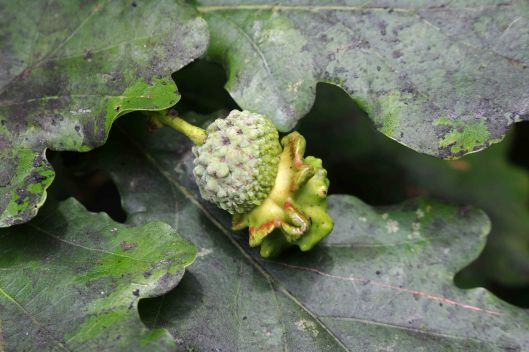
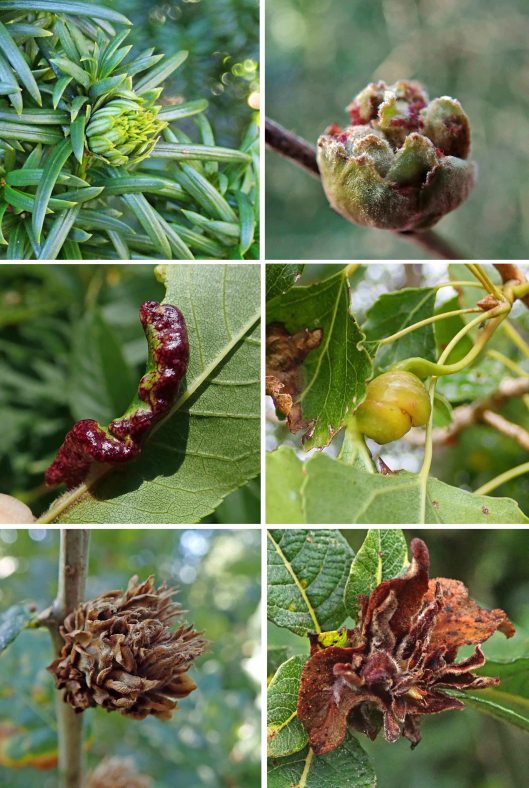
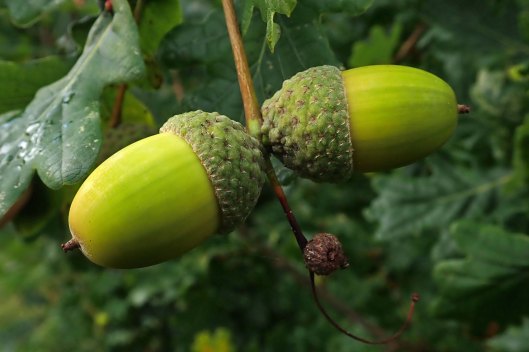
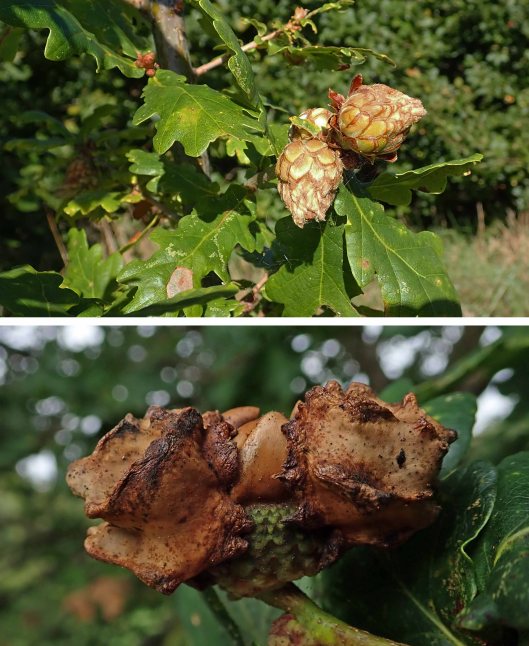
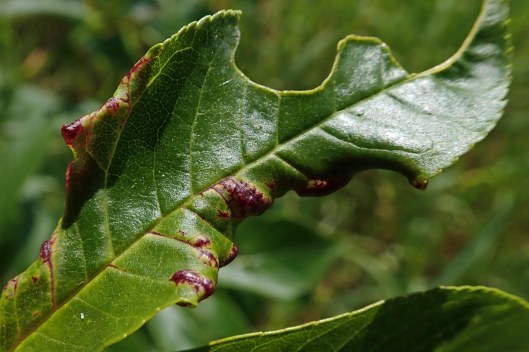





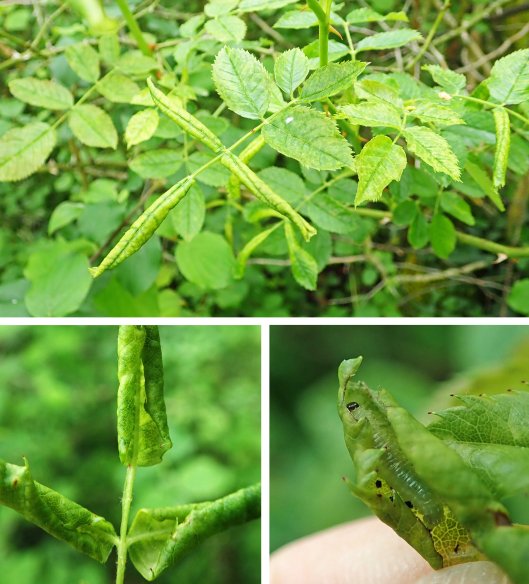
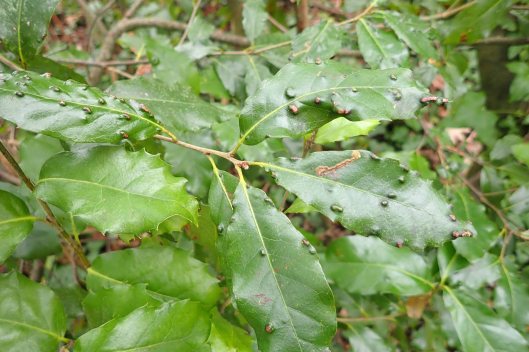


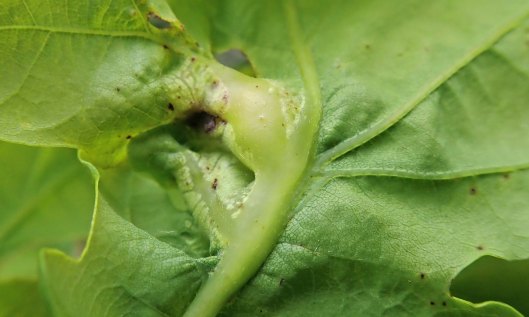



You must be logged in to post a comment.